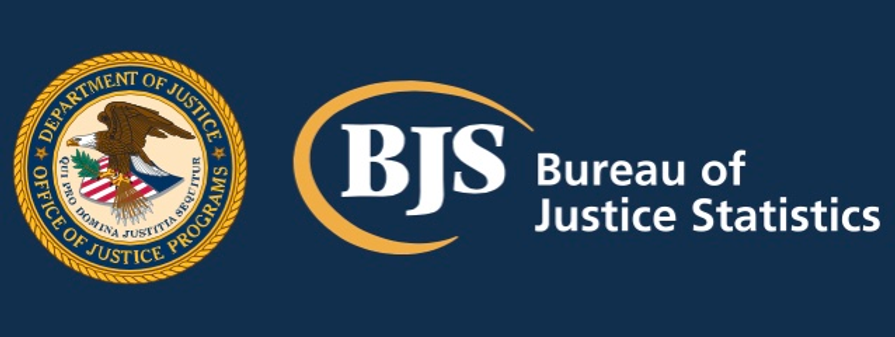By Eddie Burkhalter, Appleseed Researcher

Alabama’s incarceration rate is again on the rise, outpacing most other states, nearly four years after the federal government sued the state over unconstitutional conditions in its dangerous, understaffed prisons.
Alabama had the 12th highest rate of increase in the number of people incarcerated in state prisons between 2021 and 2022, with a nearly six percent increase in that time, according to a November report by the U.S. Department of Justice’s Bureau of Justice Statistics.
Only 10 states had a higher rate of imprisonment than Alabama in 2021, and only eight had higher rates in 2022, according to the federal data.
The report put the percentage of Alabama’s incarcerated classified as violent offenders at 61.3 percent of the 21,413 imprisoned in 2021. That’s markedly lower than what the state classifies as violent offenders. The Alabama Sentencing Commission in its 2023 report stated that 80 percent of the in-house prison population was serving a sentence for a violent offense. The difference between the state and federal estimate comes down to how Alabama more broadly defines what is legally a violent offense, as Alabama Reflector reported in April.
Alabama prisons saw a 34 percent increase in deaths between 2021 and 2022, according to the federal data, although the U.S. Department of Justice’s 252 deaths in 2022 is less than what Appleseed and The Montgomery Advertiser confirmed through the Alabama Department of Corrections to be 270 deaths that year, which would put the increase at 43 percent.
Alabama prisons had a 4.2 percent decrease in releases between 2021 and 2022, while overcrowding remained extremely high, at 170 percent design capacity on Dec. 31, 2022, according to the data.
Racial disparities in incarceration remain extreme. Black Alabamians made up 26.8 percent of the state’s population in 2022, but 52.7 percent of Alabama’s prison population, according to recent data from the U.S. Department of Justice and the U.S. Census Bureau.
Elected officials have responded to the prison crowding and violence by funding construction of the most expensive new prison in the U.S., the $1.08 billion, 4,000-bed Elmore megaprison.
The increases in incarceration come at a time when statewide crime data is incomplete, making it difficult to understand and analyze the impact of increased incarceration on public safety. Because of changes in the reporting system, only partial data is available on crime.alabama.gov, a collaborative effort between the Alabama Law Enforcement Agency (ALEA) and the Institute of Data and Analytics at the University of Alabama’s Culverhouse College of Business to track and report crime data.
Despite Alabama’s punitive practices and high incarceration rates, the state’s homicide rate persistently outpaces national numbers. In 2021, Alabama had the third highest homicide rate in the nation, according to the Centers for Disease Control. Alabama’s homicide rate of 15.9 deaths per 100,000 people was nearly double the rate in several other southern states including Virginia, Florida, and Texas.
What’s more, as Appleseed previously reported, in recent years Alabama’s overall crime rates saw a sharp decline that coincided with a decline in incarceration rates. Alabama’s crime rate declined by 17% from 2005 to 2019, the most recent year data is available from ALEA. Robbery, the most common violent crime, sunk by 48%. During much of that period, the state’s incarceration rate fell as a result of increased paroles and implementation of Sentencing Standards, which require non-prison options such as probation and community supervision for many offenses. These statistics, which have accumulated over several years, strongly suggest that less incarceration – especially in prisons with rampant violence, harsh conditions, and little rehabilitation – could improve public safety.






Leave a Reply
Want to join the discussion?Feel free to contribute!